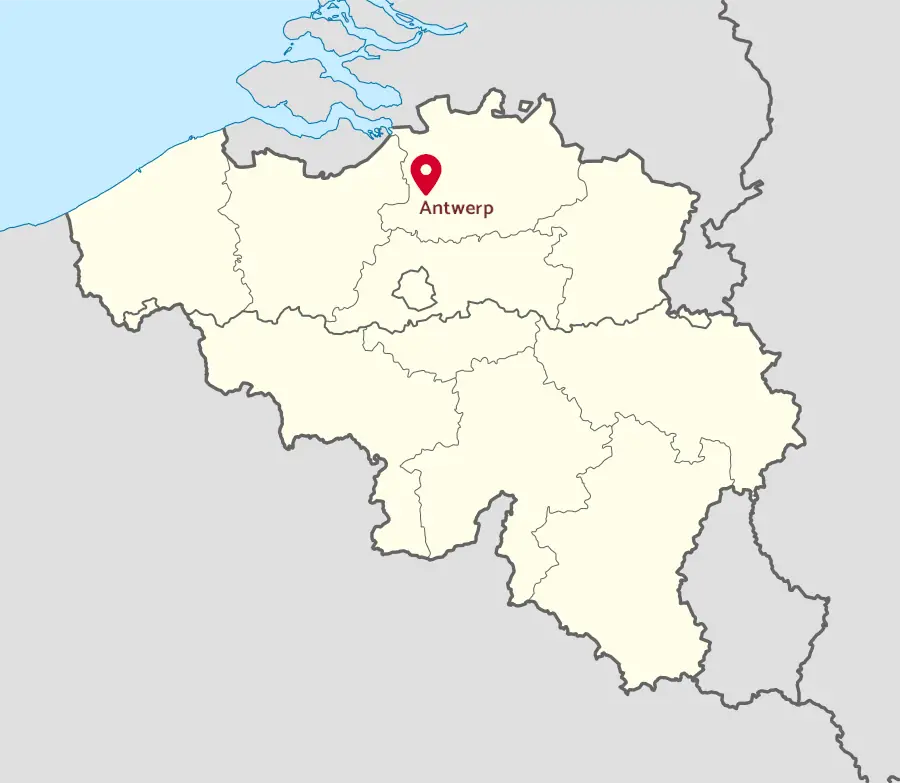When you want to travel, it’s important to plan your trip, and one of the best ways to read about nice places to visit is by reading blogs where world trekkers describe their experiences and give advice. In the following blog, we find information about Antwerp, a city located in Belgium.
But first...

Stimulate your senses in the footsteps of Rubens through Antwerp



The best way to discover more about Ruben’s life, is to visit his city palace. This is the place where he painted most of his masterpieces. Even though the baroque period is long gone, there’s still plenty to see of this gorgeous style when you walk through the streets of Antwerp. The interiors of some of the city churches, chapels and houses are some of the most beautiful pieces of art you’ll see. One of Rubens’ masterpieces is by far the Sint-Carolus Borromeus church. Not many people know that Rubens was also an interior designer and architect and that he collaborated in the design of the church. In the 17th century, someone gave this church the biggest compliment you could give; it was called “heaven on earth”. Visiting this city is a must, as there’s an effort in making the city more up to date to compete with other European destinations and to reclaim its place of Europe’s best city to visit.
Nick Van Loy is a writer from Belgium. His passion for guiding people in the world of travel flows in his writing. In addition to writing about traveling, he has also written two novels and is currently working on his third one. Find out more on his website: www.vanloynick.be
-
- Writers and fashion designers
- Historians, artists, architects, interior designers and tourists
- Architects and chefs
1 Who could be more interested in reading this article?
Write the following words on the blank spaces matching their respective meanings.
- Baroque
- chapel
- up to date
- masterpiece


